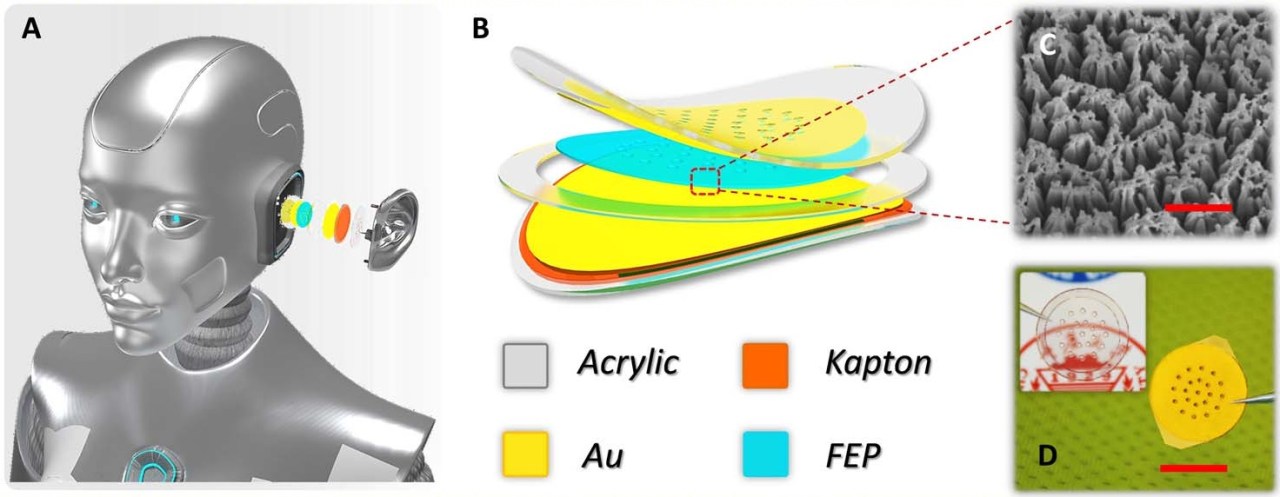From our smartphones to smart home devices, microphones are a fundamental part of our daily technology, silently capturing sounds and enabling voice interactions. However, traditional microphones come with a significant drawback: they consume energy, which necessitates the use of batteries that require regular charging. But what if there was a way to listen without relying on constant power? Welcome to the world of triboelectric auditory sensors, a groundbreaking technology that promises to revolutionize audio detection and minimize energy consumption.
Understanding the Triboelectric Effect
The marvel behind the triboelectric auditory sensor lies in an effect called the triboelectric effect. Simply put, this phenomenon occurs when two materials come into contact and then separate, generating an electric charge due to friction. Researchers from Chongqing University have harnessed this natural occurrence to create a device that feels remarkably reminiscent of our own auditory systems.
How Does It Work?
- Structural Chemistry: The device is studded with tiny membranes that vibrate in response to sound waves. When these sound waves strike the membranes, they interact with the materials, generating minute electrical charges.
- Sound Detection: By measuring these charges across different membranes, the sensor can create a comprehensive representation of the audio it captures, distinguishing between varying frequencies without the need for external power sources.
Imagine a cochlea—an intricate structure in our ears—functioning to interpret sound frequencies. The triboelectric auditory sensor mimics this process by effectively transforming mechanical vibrations into electrical signals, all while requiring minimal power. This method is not just elegant but also incredibly efficient, positioning the sensor as a potential game-changer in the audio technology landscape.
Unlocking New Possibilities
While this technology is currently in the prototyping stage, its implications for various applications are vast. Here are a few notable uses:
- Smart Home Devices: Envision a smart light that remains in sleep mode until it detects someone entering the room, reducing energy consumption significantly.
- Robotics: The flat, thin design of these sensors makes them ideal for robotics, providing a seamless integration into machines without the need for traditional design constraints.
- Hearing Aids: Tailoring the sensor’s frequency response could lead to enhancements in hearing aids, allowing for targeted amplification of specific sound frequencies rather than the all-encompassing approach of current technologies.
Shaping the Future of Audio Technology
As the Internet of Things (IoT) proliferates and energy efficiency becomes a top priority for electronic devices, the demand for low-power audio detection technology will only continue to rise. While these triboelectric auditory sensors may not replace traditional microphones entirely, they offer an exciting alternative for scenarios where minimizing power consumption is crucial.
Conclusion
The emergence of triboelectric auditory sensors represents a significant leap forward in how we think about sound detection. By harnessing the principles of the triboelectric effect, this innovative technology promises to create efficient, power-conscious audio systems that could transform everyday devices, enhance user experiences, and lead us towards a more sustainable technological future.
At fxis.ai, we believe that such advancements are crucial for the future of AI, as they enable more comprehensive and effective solutions. Our team is continually exploring new methodologies to push the envelope in artificial intelligence, ensuring that our clients benefit from the latest technological innovations.
For more insights, updates, or to collaborate on AI development projects, stay connected with fxis.ai.

